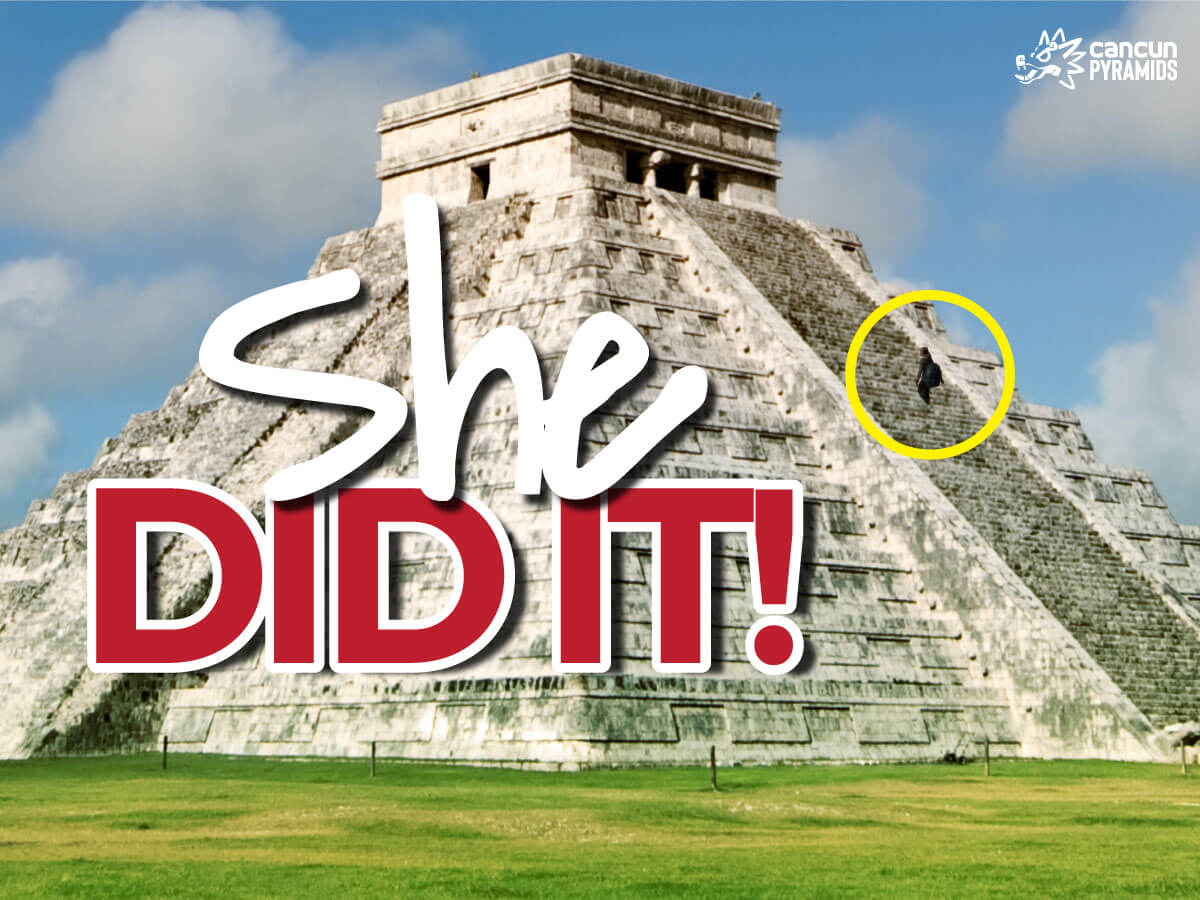Chichen Itza is an ancient Mayan step pyramid that flourished in the ninth and tenth centuries, found in the heart of this city, and was built as a shrine to the god Kukulkan. It has 365 stairs, one for each day of the year, and the afternoon sun casts triangular shadows that appear to be a feathered serpent slithering down the surface of the pyramid’s north staircase toward the snake headstone at the foot during the spring and summer equinoxes. It can be found still on the Yucatan Peninsula in Mexico and is part of the seven wonders of the world. And although this place draws visitors all year round many wonder: can you climb Chichen Itza?
Well, we’re so sad to tell you that it can not be climbed, actually, none of the monuments found here can be approached too closely, and we’ll explain to you why, nevertheless, you can still visit it on a Chichen Itza tour, where, by yourself or accompanied by an expert tour guide you can tour this ancient city while learning some of the history and facts about Chichen Itza.
Why You Can’t Climb Chichen Itza
In 2008 it was forbidden to climb the pyramid as a conservation measure, and if this rule is crossed, you can be fined to pay up to 100,000 Mexican pesos, this infraction is punished by the Federal Law on Archaeological, Artistic and Historical Monuments, which states the next:
“Any infraction to this Law or its Regulations, which is not provided for in this chapter, shall be sanctioned by the competent Institutes, with a fine of one hundred to fifty thousand pesos, which may be challenged by means of an appeal for reconsideration, under the terms of the Regulations of this Law”.
Nevertheless, recently a woman defied the limitations and regulations of this site and dared to climb the Kukulkan pyramid. The officials took her down from the top of the significant historical landmark, which resulted in tons of angry visitors who burst furiously against her. According to reports, the woman was punished and will have to pay 5,000 pesos, which is less than what the law requires.
The woman was turned over to the police after the National Institute of Anthropology and History (INAH) personnel explained why it is banned and why they were taking these measures. The fines for violators of the law, according to the Federal Law on Archaeological, Artistic, and Historic Monuments and Zones, range from 50,000 to 100,000 pesos, depending on the degree of structural damage. Though it was merely issued as an administrative violation, INAH clarified that the Pyramid of Kukulkan remained unaffected and did not sustain any structural damage, which could account for the drop in the punishment, something that wasn’t well received by locals on social media.
If you liked this article, follow us on our Instagram and check out all our amazing tours and touring experiences.

